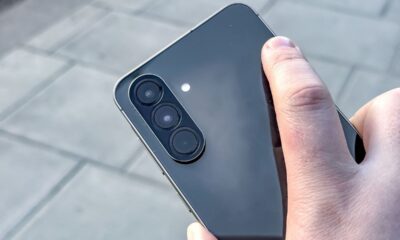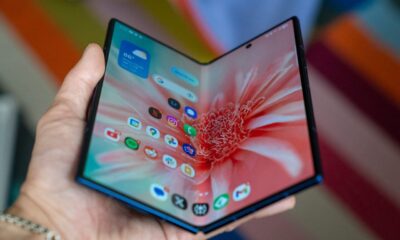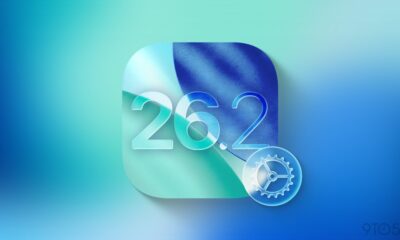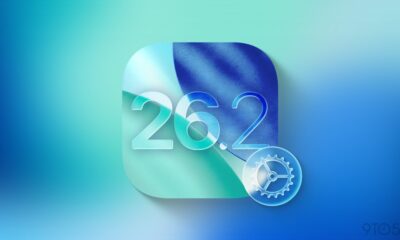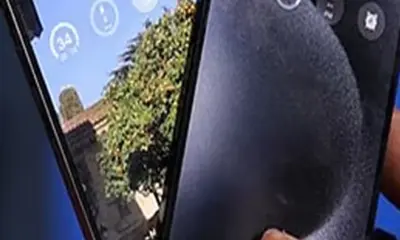Technology
Samsung Galaxy S26 Edge: 5 Lessons from iPhone Air for Success
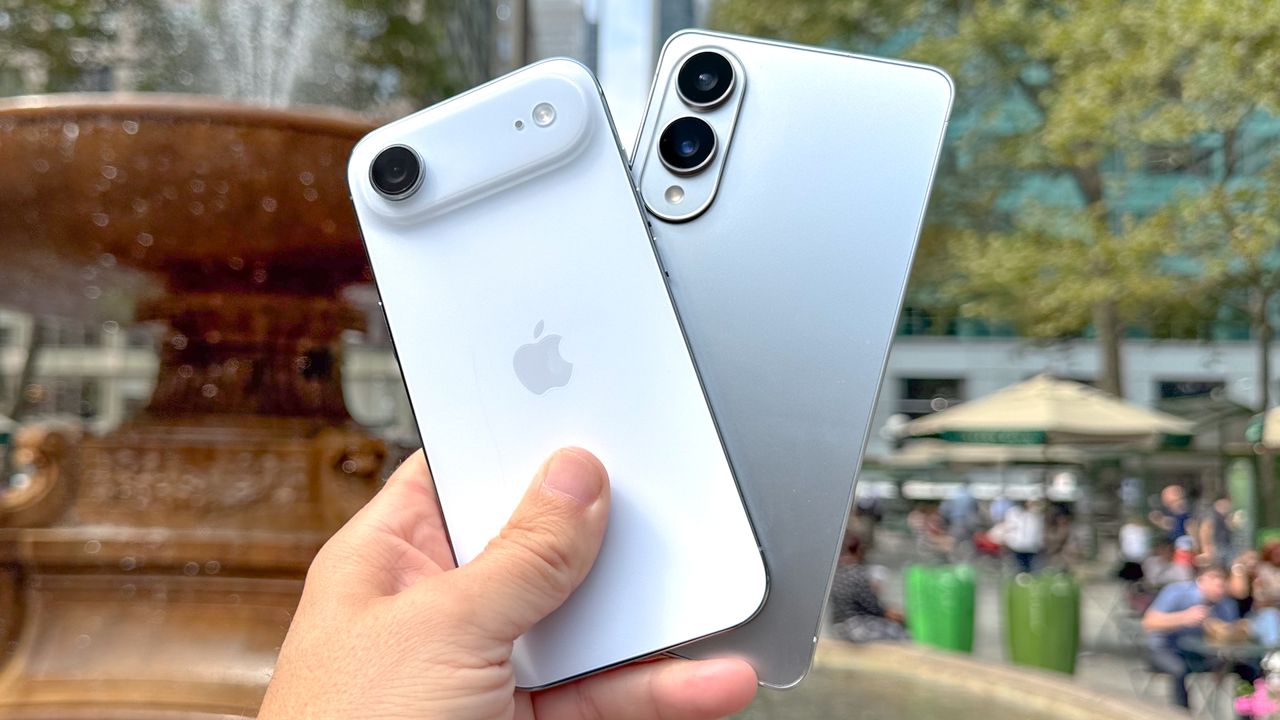
Samsung is gearing up for the release of its next ultra-thin smartphone, the Galaxy S26 Edge, expected to debut in January 2026. This follows the positive reception of the Galaxy S25 Edge, which was launched earlier this year. However, Samsung will be facing competition from Apple’s recently introduced iPhone Air. Notably, the iPhone Air has garnered acclaim for its sleek design and lower price point, presenting Samsung with an opportunity to enhance its upcoming device by adopting several key improvements.
Prioritize Durability and Design
The Galaxy S25 Edge boasts a remarkable thickness of just 5.8 millimeters, but the iPhone Air is even thinner at 5.64 millimeters. The design of the iPhone Air not only emphasizes thinness but also durability. While Samsung has incorporated Gorilla Glass Ceramic 2 for the front display and achieved an IP68 water resistance rating, Apple enhances its durability with Ceramic Shield 2 on the front and the original Ceramic Shield on the back, improving scratch resistance.
Additionally, the iPhone Air features an anti-reflection layer that minimizes glare, enhancing visibility when using the device in bright conditions. Samsung appears to recognize the necessity of improving its next Edge model, with reports indicating that the Galaxy S26 Ultra may adopt anti-reflective glass, potentially extending this feature to the S26 Edge.
Enhance Camera Performance
In direct comparisons, the camera capabilities of the iPhone Air have outperformed those of the Galaxy S25 Edge. The iPhone Air, equipped with a single 48MP rear camera, consistently delivers superior image quality compared to the Galaxy’s dual-camera setup featuring a 200MP main sensor and a 12MP ultrawide lens. Despite its higher megapixel count, the Galaxy S25 Edge often produces oversaturated colors, while the iPhone Air yields more realistic hues and excels in low-light conditions.
To address this disparity, Samsung could refine its photo-processing algorithms and consider increasing the aperture on its main lens to allow more light, thereby improving its low-light performance.
Improve Battery Life
Samsung deserves recognition for the Galaxy S25 Edge‘s battery performance, achieving an average duration of 11 hours and 48 minutes on a single charge thanks to its 3,900 mAh battery. This performance is commendable, particularly for a device with a slim profile. However, Apple’s iPhone Air, despite housing a smaller 3,149 mAh battery, managed to surpass the 12-hour mark in similar tests.
Battery life remains a critical consideration for consumers when selecting a smartphone. To compete effectively, the Galaxy S26 Edge must either incorporate a larger battery or a more efficient chipset to balance thin design with longevity.
Utilize Advanced Chipset Technology
Apple’s A19 Pro chip powers the iPhone Air, while Samsung faces ongoing debates about its use of Snapdragon versus Exynos processors across different models. This inconsistency can lead to varying performance levels based on regional distribution. For the Galaxy S26 Edge, it would be advantageous for Samsung to adopt the latest Snapdragon 8 Elite Gen 5 chipset, known for its top-tier performance and enhanced AI capabilities.
Leveraging this advanced technology would help Samsung match and potentially exceed the performance metrics of Apple’s offerings.
Adjust Pricing Strategy
While the $100 price difference between the iPhone Air and the Galaxy S25 Edge may seem minor, it has significant implications for consumer perception. The iPhone Air is priced below the psychologically critical $1,000 threshold at $999, whereas the Galaxy S25 Edge is priced at $1,099.
As Samsung plans for the Galaxy S26 Edge to potentially replace the Plus model in its lineup, it is crucial for the company to find a way to lower the cost of its new device. If the successor to the Galaxy S25 Plus also starts at $999, consumers may perceive this as an unnecessary price increase, regardless of the enhancements made.
In summary, the upcoming Galaxy S26 Edge has the potential to elevate Samsung’s standing in the ultra-thin smartphone market. By learning from the strengths of the iPhone Air, Samsung can create a device that not only competes effectively but also meets the evolving demands of consumers.
-

 Technology5 months ago
Technology5 months agoDiscover the Top 10 Calorie Counting Apps of 2025
-

 Technology3 weeks ago
Technology3 weeks agoOpenAI to Implement Age Verification for ChatGPT by December 2025
-

 Health3 months ago
Health3 months agoBella Hadid Shares Health Update After Treatment for Lyme Disease
-

 Health4 months ago
Health4 months agoAnalysts Project Stronger Growth for Apple’s iPhone 17 Lineup
-

 Health4 months ago
Health4 months agoErin Bates Shares Recovery Update Following Sepsis Complications
-

 Technology5 months ago
Technology5 months agoDiscover How to Reverse Image Search Using ChatGPT Effortlessly
-

 Technology3 months ago
Technology3 months agoElectric Moto Influencer Surronster Arrested in Tijuana
-

 Technology5 months ago
Technology5 months agoMeta Initiates $60B AI Data Center Expansion, Starting in Ohio
-

 Technology2 months ago
Technology2 months agoDiscover 2025’s Top GPUs for Exceptional 4K Gaming Performance
-

 Technology5 months ago
Technology5 months agoRecovering a Suspended TikTok Account: A Step-by-Step Guide
-

 Health5 months ago
Health5 months agoTested: Rab Firewall Mountain Jacket Survives Harsh Conditions
-

 Lifestyle5 months ago
Lifestyle5 months agoBelton Family Reunites After Daughter Survives Hill Country Floods

